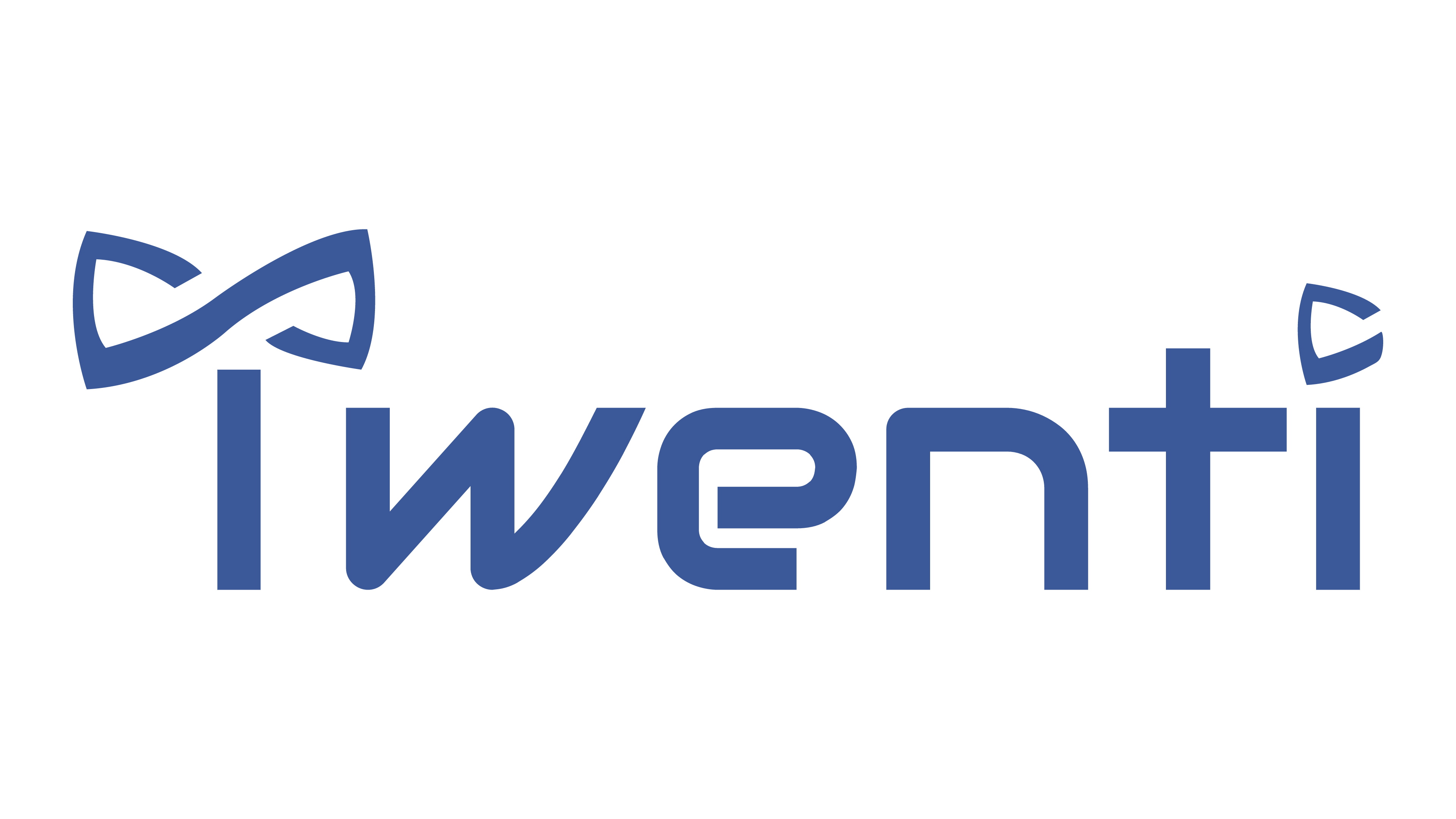Inspire potential supporters with compelling images on Instagram.
Instagram is a unique visual content sharing social media platform with a fast-growing audience. Its focus on exciting and compelling imagery and video that supporters love has seen it used by millions of brands around the world – and it works for nonprofits too.
Like all social media platforms, Instagram appeals to a particular demographic of supporters and can form a strong cornerstone of a nonprofit’s digital strategy when used correctly.
We’ve gathered some key information on the platform to guide the complete beginner in starting out with Instagram. You can also learn the key features of a successful Instagram account and posts, as well as how to leverage Instagram advertising and bulk scheduling tools.

What’s Instagram all about?
Instagram is a social media platform owned by Facebook. It launched in 2010. It’s the 4th most popular social media site in the UK, after Facebook, YouTube and WhatsApp, with 14,000,000 UK users. Instagram is exclusively for image and video content. You can add captions, but every post must include a visual element.
This means that Instagram is filled with compelling images and brilliant photography, and your content can be very interesting and engaging for your audiences. In fact, it has to be, if it’s going to compete with Instagram’s billions of posts!
How does it work for nonprofits?
Instagram allows organisations to create an Instagram for Business account. On creation, you can select that you are a nonprofit organisation, and this will show on your profile. This makes you seem much more legitimate and gives you access to a whole range of features.
You can use in-app analytics, add more information like a contact number or web address to your profile, and access Instagram’s advertising features. It also helps you beat Instagram’s ever-more-competitive algorithm so that your post appears to more people. You can read more about why you should use Instagram Business on the Constant Contact blog.

Who is Instagram’s audience?
As is widely known, Instagram’s audience is a younger demographic. Nearly 70% of users are under 35, and 72% of teens use Instagram. You should try using Instagram if you want to leverage and appeal to this younger audience. Instagram’s audience is pretty evenly split between male- and female-identified users, but if you look exclusively at older users, you will find more women than men use the platform.
What and when should I post?
As above, your content should be visually focused, so unique, high-quality imagery that reflects your nonprofit’s values and branding is essential. As for when you should post, consistency is key for ranking well in Instagram’s algorithm. Posting regularly is also important, so try posting every day or every other day.
For more information on posting on Instagram, take a look at our social media marketing guide on what, when and where to post.
Digital strategy, integration and analytics
Once you’ve taken all this into account, you should also consider how Instagram fits into your nonprofit’s overall goals, marketing campaigns and digital strategy. Instagram should be integrated with other social media channels – promoting similar content, but addressing different audiences – and your website. Make sure each post works towards your digital strategy and SMART goals.
To understand whether your Instagram efforts are contributing your goals (most likely to be an increase in donations or volunteer sign-ups), it’s essential to track your growth with Key Performance Indicators (KPIs). For Instagram, these might be:
- Number of website referrals from Instagram bio link
- Number of website referrals from Instagram ads
- Donation amount from Instagram referrals
- Number of volunteer sign-ups from Instagram referrals
- Number of Instagram followers
- Average number of impressions (views) per Instagram post
You should also analyse which content, including your captions and hashtags as well as your imagery, results in the best engagement and click-through rates (either to your profile or your website). This will allow you to optimise content and recognise what type of content your followers enjoy and engage with the most.
Tracking these KPIs is achieved through analytics tracking software. With an Instagram business account, you can access some limited analytics features, but this cannot tell you whether you are getting real results (especially the number of donations or volunteer sign-ups received from Instagram referrals).
That’s why Twenti records Instagram (and other social media platforms) with website analytics and custom dashboards. By getting the big picture, you can make better-informed decisions about your Instagram content. For example, basic analytics might show that a certain ad has great profile click through rates, but we will probably need to know how many of these click-throughs lead to volunteer sign-ups, too, so you can tweak the ad.
For more on this, you can also read our ultimate guide to nonprofit digital marketing and beginner’s guide to analytics for nonprofits.

Features of a great nonprofit Instagram account
Setting up your account for success is incredibly important. Many brands have organic Instagram marketing nailed, so putting some effort into your profile is important in order to compete with the multitude of content on the platform. Try to include:
- A complete and informative Instagram for Business account
- Images that are unique to your nonprofit; Instagram isn’t the place for stock images
- Valuable content, images that are interesting or engaging in their own right
- A consistent style and colour scheme: the aesthetic of your whole account is uniquely important on Instagram, when the account can be viewed as a ‘grid’
- Varied content, to add to the value of your posts
- Posting consistently, and fairly frequently (at least twice a week)
- In your account’s bio, include a link to your website or donation platform, as links cannot be included in posts
- Use of Instagram Stories and Stories Highlights
- A mixture of photo and video content
- An active account that interacts with followers and replies to comments
Features of a great Instagram post
As above, Instagram really has become an art form. Follow these simple guidelines to check you are getting the most value from your Instagram posts.
- Valuable and high-quality content
- Content that tells a story and creates a personal connection
- A well-written caption that links the image to your cause and provides more of the story
- It encourages engagement, either on the post or in reaction to it, such as National Trust’s #NTchallenge
- A call to action, to follow a link to your website and donate
- Strategic hashtags – see our guide below
- Branded hashtag(s) that represent your nonprofit or campaigns – scroll down for more

What are Instagram Stories and Stories Highlights?
A few years ago, Instagram introduced a new feature called Instagram Stories, aimed to replicate another social media platform, Snapchat. Stories are images and videos that appear temporarily on your profile (but not in your main feed), disappearing after 24 hours. They are great for sharing behind-the-scenes, or less formal, content, or sharing relevant posts from other accounts.
To add a post to your story, click the ‘Your story’ icon at the top left-hand corner when you visit your main feed. Instagram stories can allow you to introduce more content and more calls to action without it needing to be overly planned or clogging up your main feed.
Instagram’s Stories Highlights is an even newer feature. As your Instagram stories disappear, Highlights allows you to choose to save particularly important Stories to your feed to be viewed at any time. You can separate your highlights into categories.
Let’s explore an example. Ecosia, a nonprofit search engine which uses its revenue to plant trees, is currently planting trees in Ethiopia. In Ecosia’s Instagram feed, they have tips for being sustainable, images of people they have helped, and statistics on climate change. Their feed is regular and planned.
On their Instagram stories, they have recent footage of them driving to visit the planting sites, the holes being dug, and a reminder that it is their supporters that make this possible. In their Stories Highlights, they might save some key footage of the planting Stories into their ‘Trees’ highlight, so that supporters can view it alongside images of all their other tree planting projects. This gives some idea of how each feature can be used.
What are hashtags and how do I use them?
Hashtags are becoming pretty common knowledge these days, but it is good to review exactly how they work and can be viewed. Using a hashtag, like #nonprofit, ‘tags’ your post to the subject nonprofit. When someone searches Instagram for this term, your post will appear, alongside any other posts that use this hashtag. This only works if you use the hashtag symbol, as the search feature does not look for these terms in your caption on their own.
Therefore, hashtags are one of the key ways your post can get found by supporters, especially ones that don’t already follow you. Instagram users can also ‘follow’ hashtags, so posts using that hashtag show up on their feed, making hashtags a very valuable tool. However, some hashtags are very popular and have millions of posts, meaning that your post will get lost. Avoid the most popular hashtags like #selfie.
Another thing to note is that is common, even advisable, to ‘hide’ your hashtags by putting them a few lines down in your post (so followers have to click “more” to expand the caption) or in the first comment. This allows you to include valuable hashtags without them distracting from your meaningful caption, ruining your aesthetic or spamming your followers.
You can also use hashtags to build your nonprofit’s and organise your posts. This might include your nonprofit’s name, or the name of a certain project, or of a social media campaign. You could use the same hashtag across multiple platforms to show continuity in your strategy. Save the Children, for example, uses the branded hashtag #everylastchild, which is also their tagline.
Instagram hashtags need a whole guide of their own, so take a look at Hootsuite’s 2019 guide to Instagram hashtags.

How do I get people to see my posts and gain followers?
There’s no one way to gain popularity on Instagram, and you will see thousands of posts promising to teach you how to gain followers. If you follow the tips above and produce engaging content for your supporters, you are on the path to success but it’ll take time.
Make sure you also play along with Instagram’s algorithm for ranking posts and showing them to your followers – post consistently, use hashtags that add value to your posts and don’t get lost among millions of others, and interact with comments on your posts.
Check out some tips for gaining more Instagram followers with the latest tricks and trends on Later.
How do I convert my followers into donors?
Your focus for your Instagram strategy should be to increase reach, impressions and connections with your followers so that when you do ask, they are happy to donate. You are more likely to see results with a soft-touch approach that doesn’t put people off your nonprofit than by annoying them by constantly asking for donations.
Pepper your posts with suggestions to visit your website, but not always to donate. You can also thank your donors and stress how important they are to your work, but try to do this subtly and not too often.
Your focus on Instagram should be to provide useful content which increases your reach and improve relationships with your supporters not to ask for donations.
How can I schedule my posts?
Posting regularly and consistently is a must, but this shouldn’t take up all your time. Scheduling tools like Hootsuite or Hopper HQ make it easy to prepare content all in one go and then schedule it to upload at certain times. This means that you are never rushing to create content to meet your schedule, and takes the hassle out of Instagram.
Each scheduling tool works differently, but most are very simple to use and will have plenty of how-to information available.
How about ads?
As we explored in our guide to social media marketing, paid ads can be a valuable way of reaching supporters on Instagram. You can pay to boost a post and add a link, choosing whether this link directs users to your profile or an external website.
Your content then will show up in people’s feeds, so it’s important it is still engaging, eye-catching and valuable content that can compete with other Instagram content.
Ads can also be targeted to audiences from certain demographics – age, gender or location – or who have recently interacted with you or with similar nonprofits.
As always, when considering Instagram advertising, make sure it aligns with your digital marketing strategy and goals for all social media platforms. Read Buffer’s guide to Instagram advertising to learn more.

‘Gram with Twenti
Instagram is only one part of a comprehensive and effective nonprofit digital strategy – so it can get pretty complicated! Our experts can guide you through setting digital marketing goals, launching your nonprofit on social media, and finding new supporters with our digital marketing for nonprofits services.
To discuss the options for your nonprofit, book a free consultation with us.
Talk to us about finding new donors through social media.
Related Articles
5 Reasons You Should Use Social Media to Grow Your Small Business
Social media has many uses: engaging with customers, selling products, and of course promoting your brand. Within the last few years, social media has taken off as a central influence in consumer’s buying habits – and it’s time to leverage this.
7 Reasons Why SMEs Say They Don’t Need a Good Website – and 7 Reasons Why They’re Wrong
All businesses can grow online, no matter their size. We explain why a reliable and informative website should be a priority for SMEs – even if you think you are too busy.
A Quick Guide to Google My Business for Startups and SMEs
Google My Business has revolutionised SEO and digital marketing. Here’s how to get a head-start on it.
£8,000/month of free ad credit?






